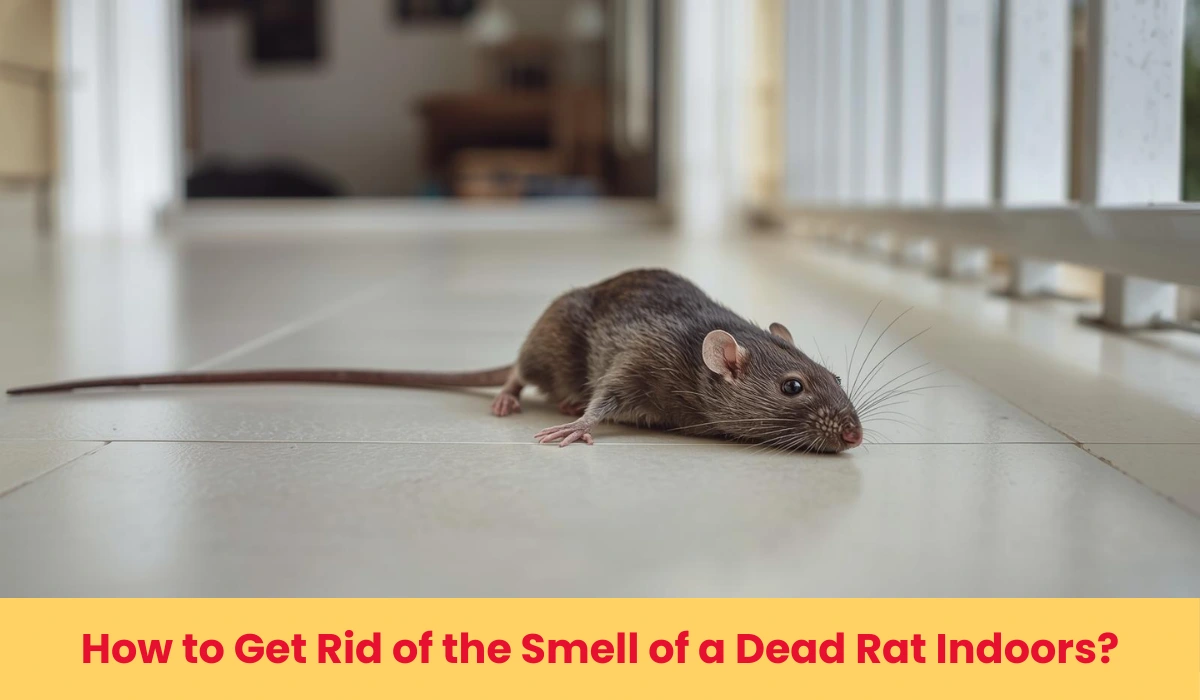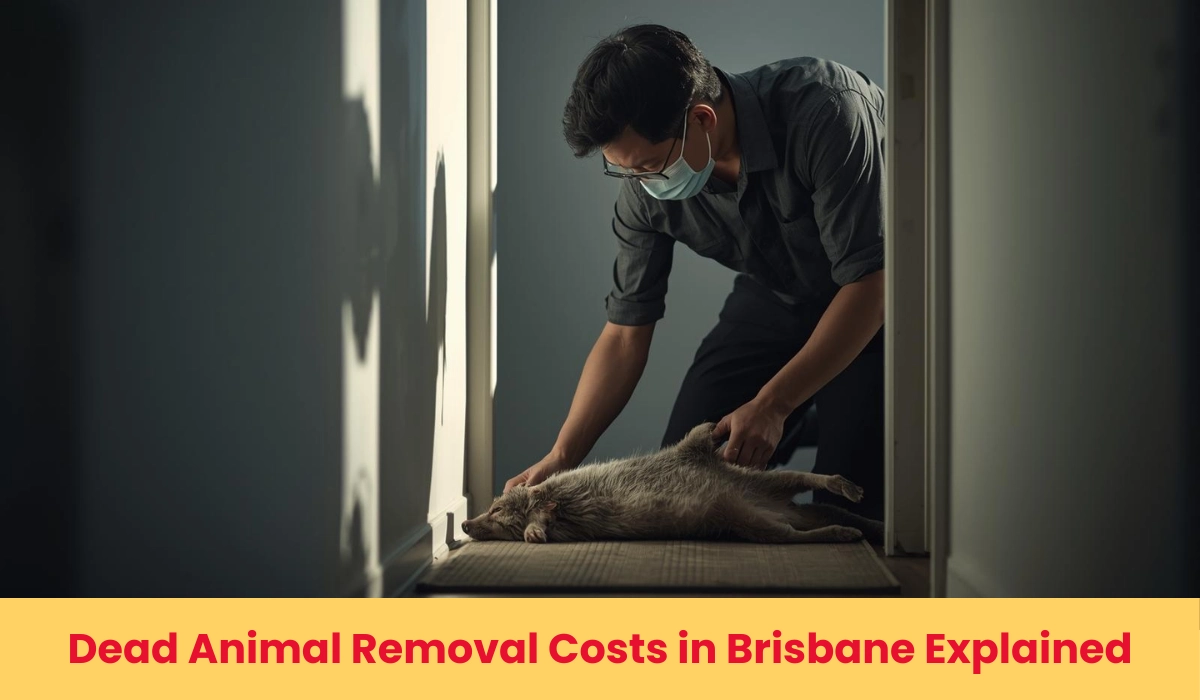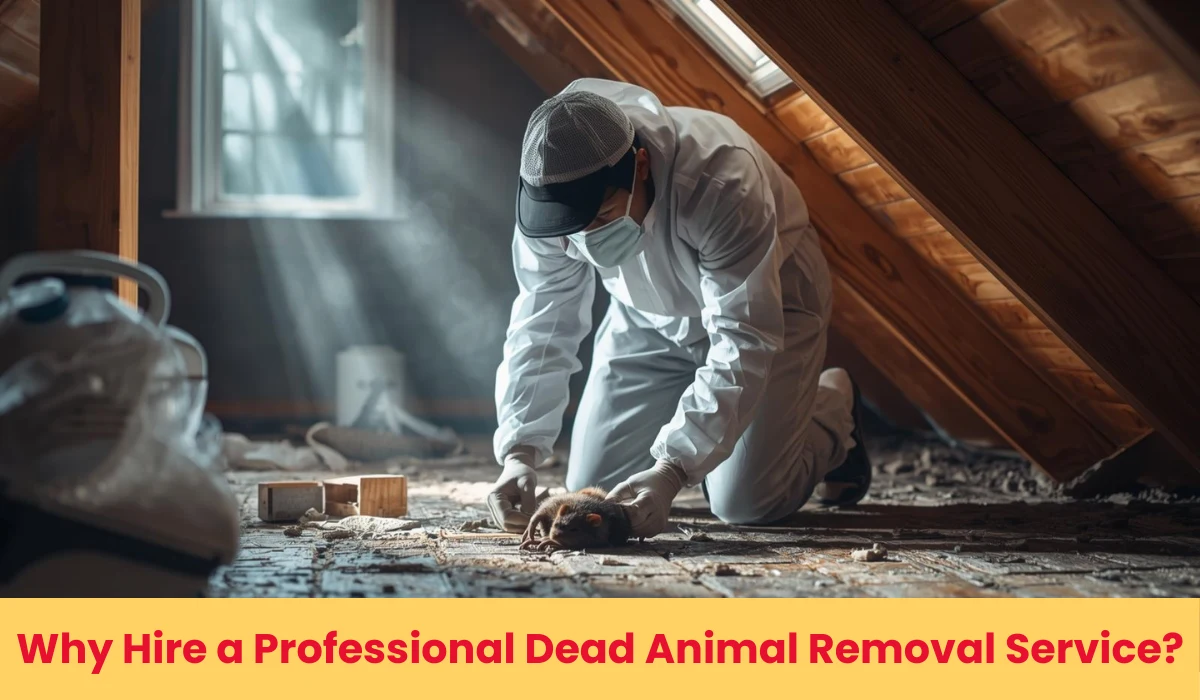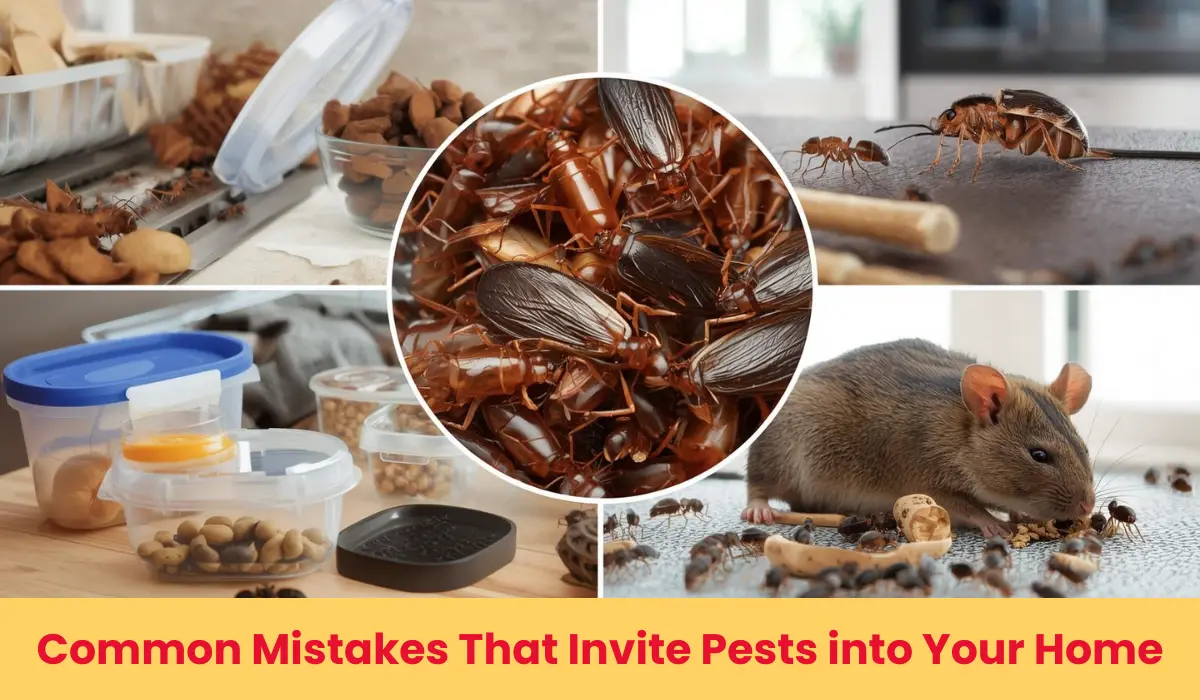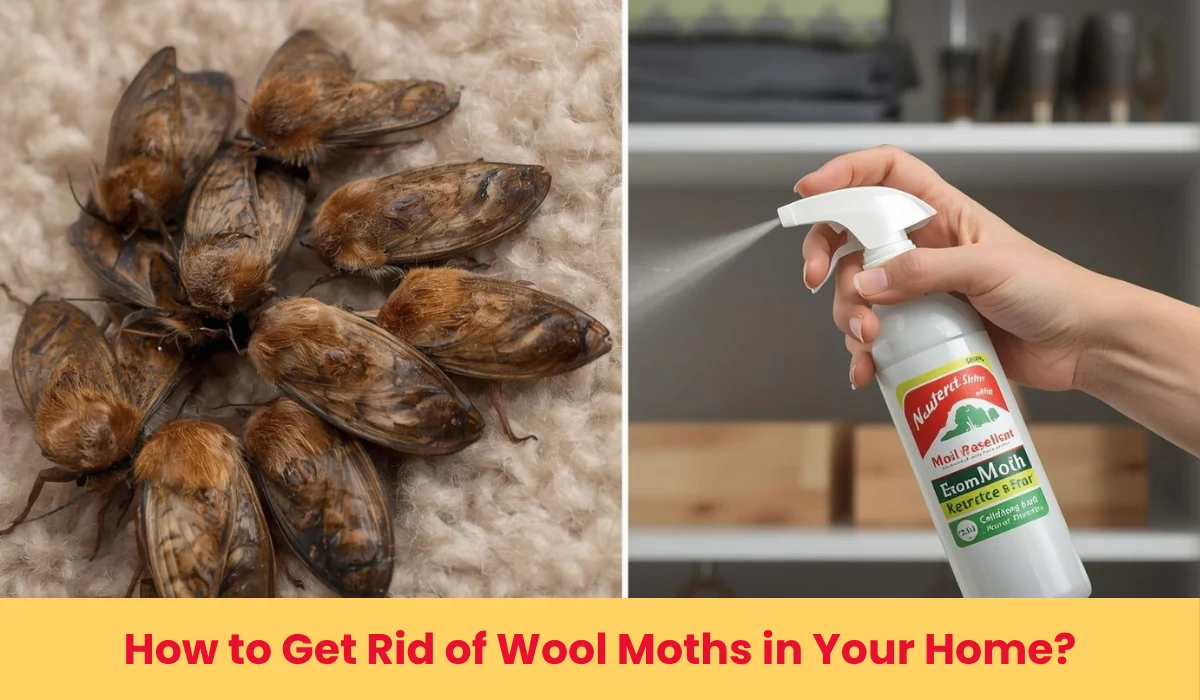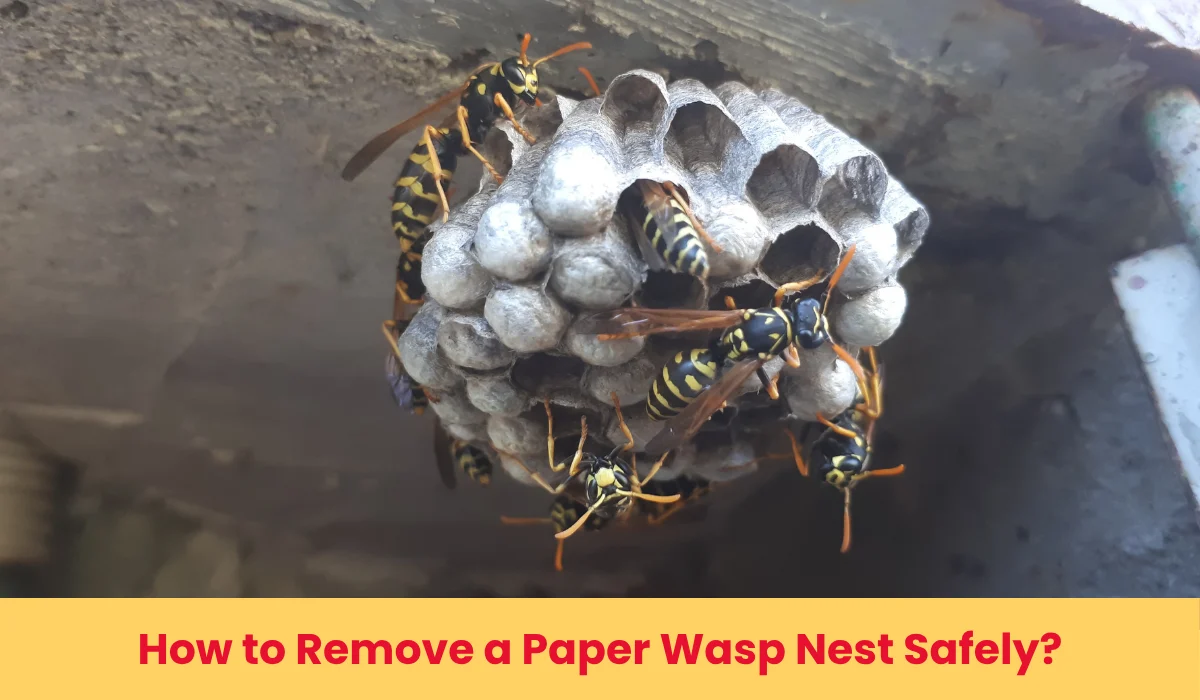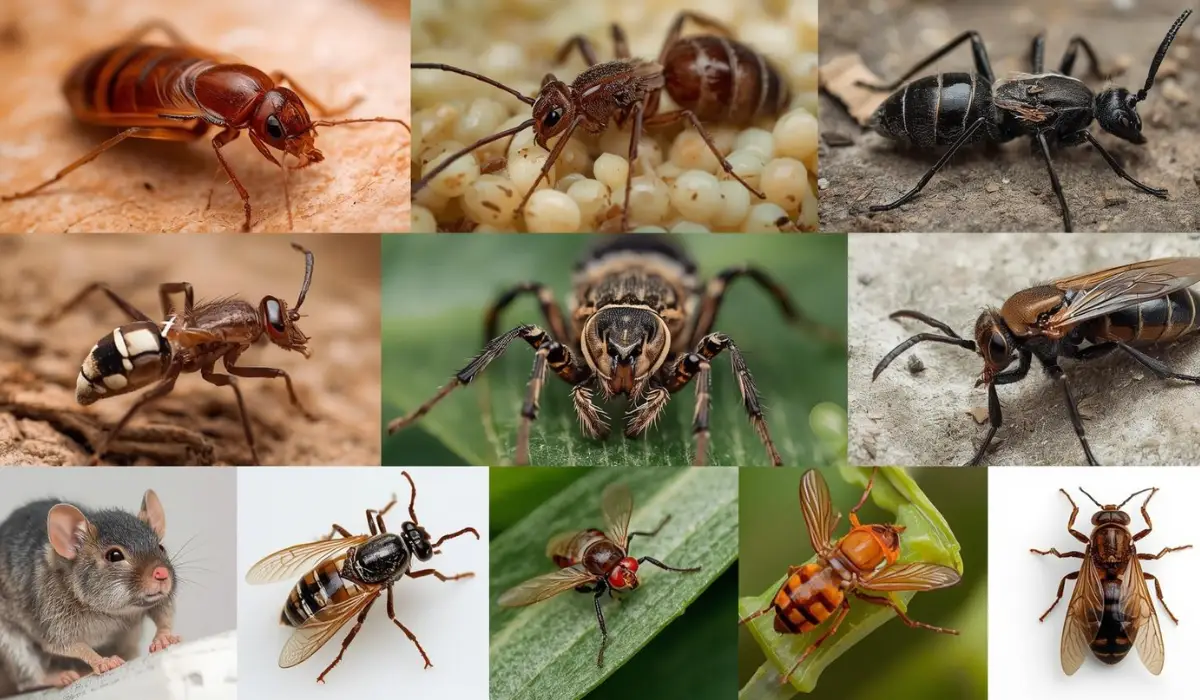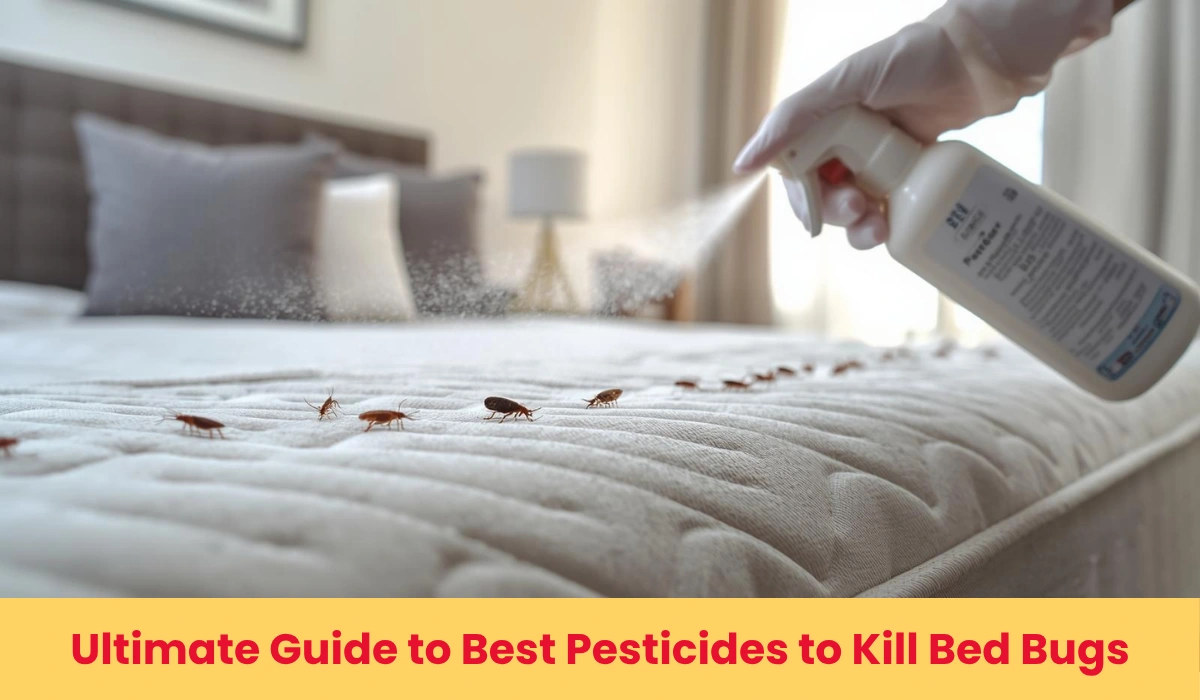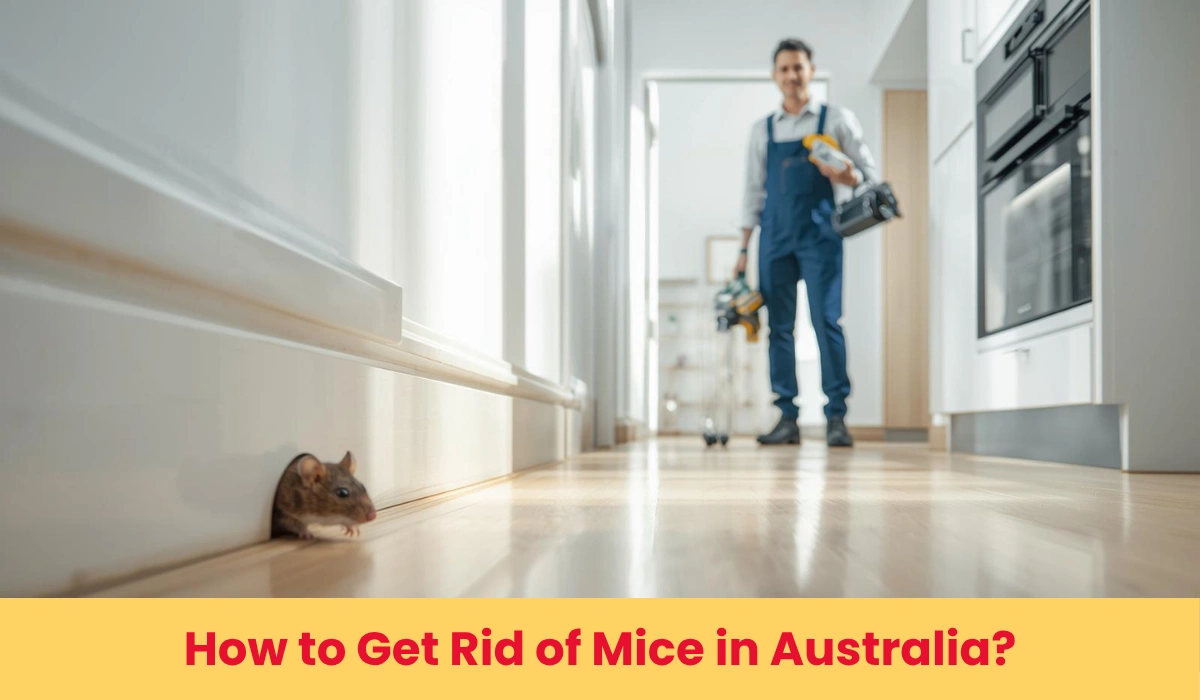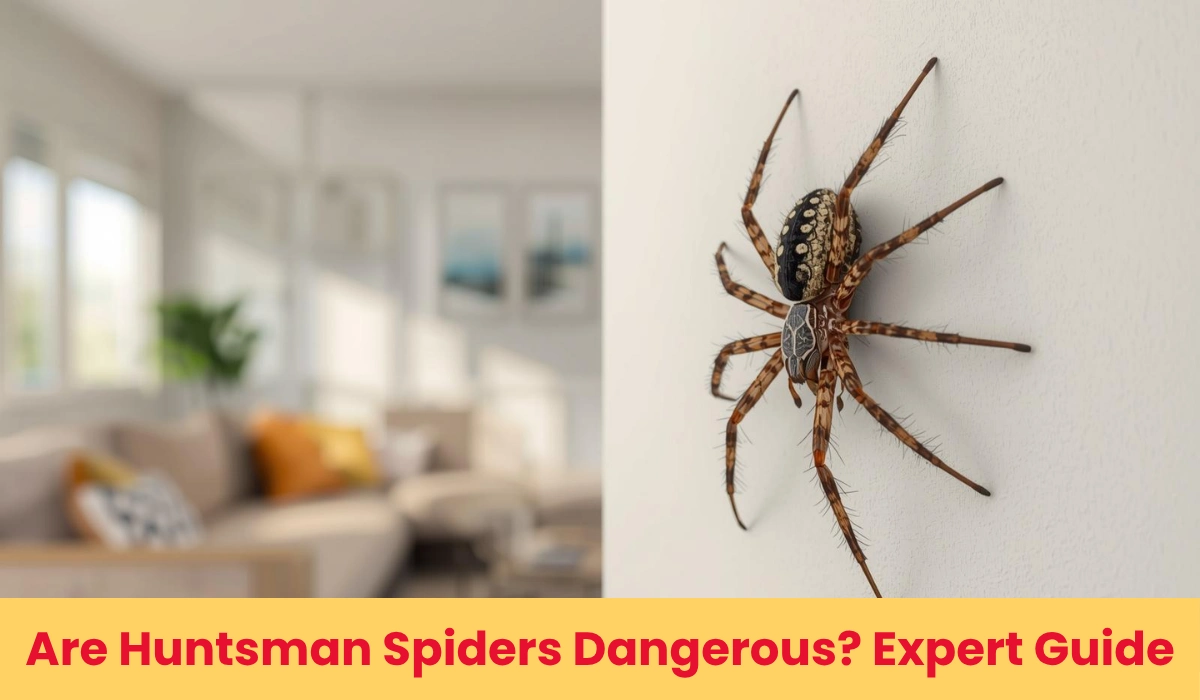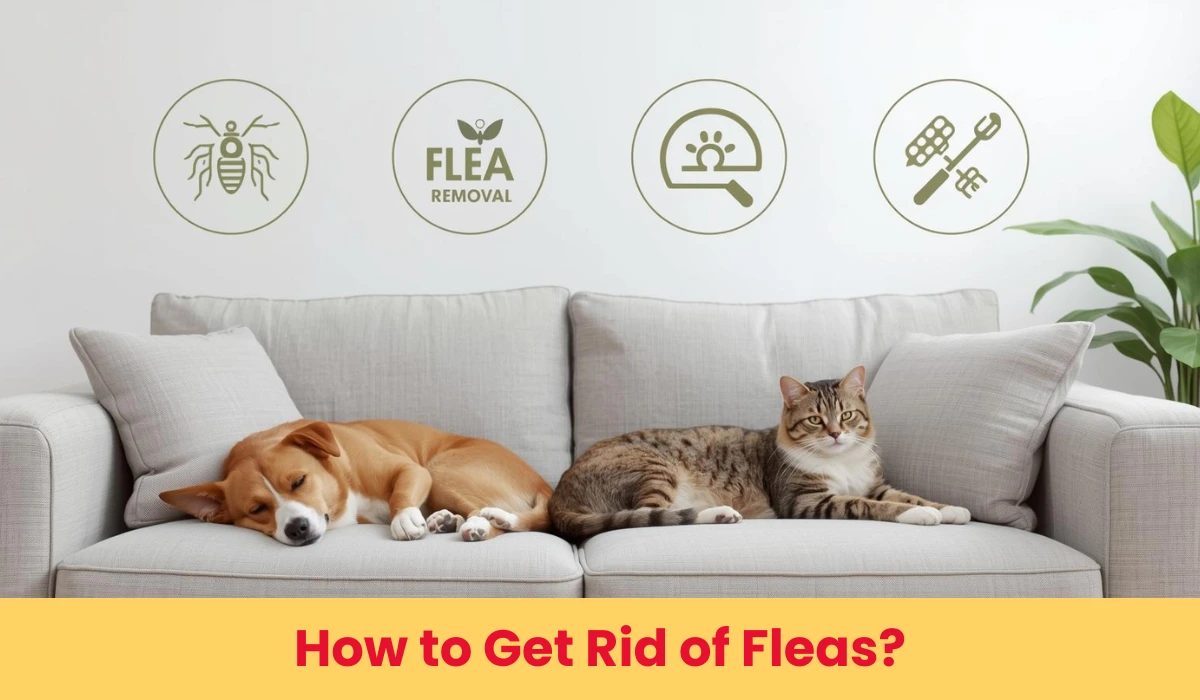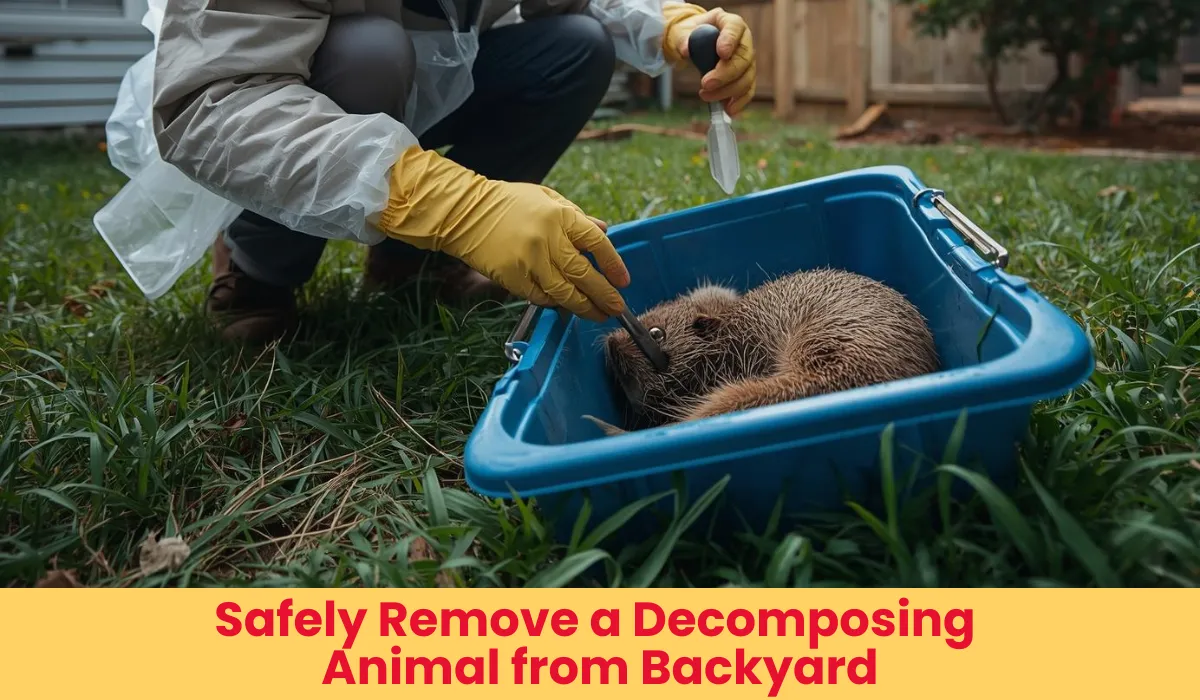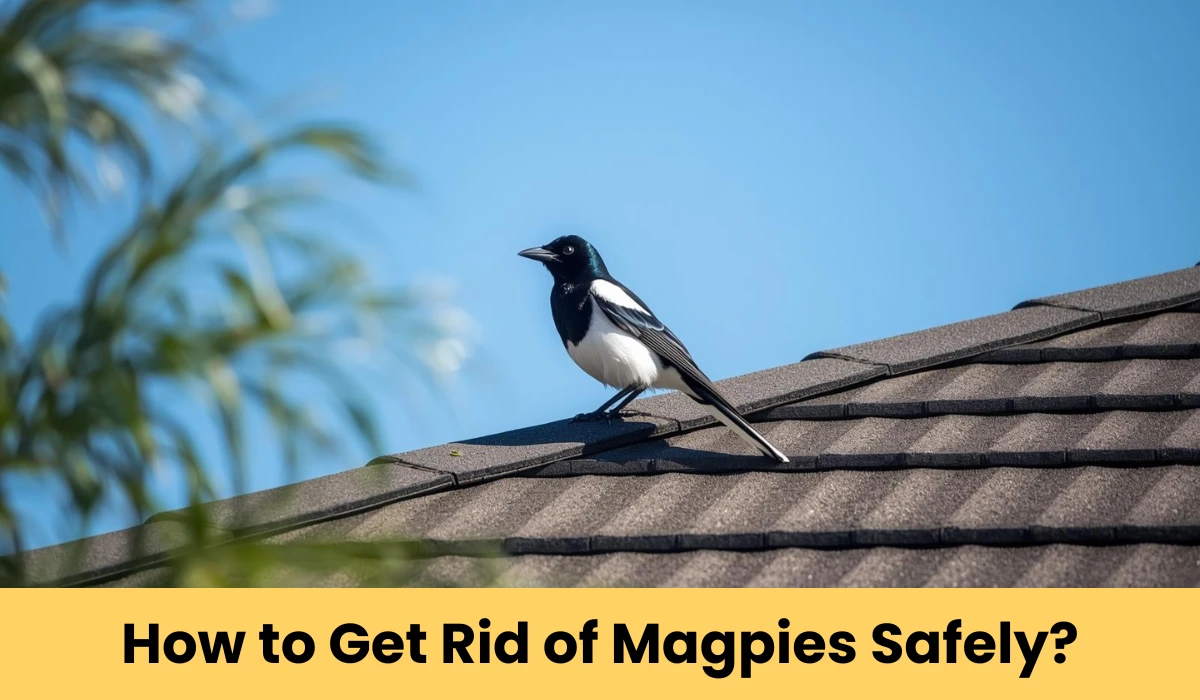Finding a dead animal in your yard is unpleasant and it can also be a serious health and hygiene concern. The smell, the flies, and the risk of disease all make it something you can’t ignore. Whether it’s a rodent, bird, or a larger animal, knowing how to get rid of a decomposing animal quickly and safely is important for protecting your home and family.
Step 1: Assess the Situation Carefully
The first thing to think about in decomposing animal removal backyard scenarios is safety. Don’t rush in without preparation. Make sure you know what type of animal it is, where it is located, and whether it’s easily accessible. For example, an animal lying in the open lawn is simple enough to handle with proper precautions. But if it’s wedged under a deck, in a shed, or stuck inside a roof cavity, you may need professional help.
If the carcass is inside your roof or wall, you might find this guide on possums in your roof — here’s what to do helpful, as similar steps apply when accessing confined areas safely.
Step 2: Suit Up for Protection
Whenever you attempt dead animal removal Brisbane, always put safety first. Dead animals can carry harmful bacteria and parasites, so you’ll need personal protective equipment (PPE). At the very least:
- Heavy-duty disposable gloves
- Face mask or respirator
- Closed shoes or boots
- Long sleeves or overalls
- Eye protection if you’re dealing with larger carcasses
Having the right gear not only keeps you safe but also makes the task less overwhelming. You can also check out our post on pest control safety for children and pets for more useful prevention tips.
Step 3: Removal Process
Once you’re ready, here’s what to do if you find a dead animal in backyard conditions that are manageable without a professional:
- Keep pets and kids away from the area.
- Use a shovel or spade to lift the carcass, avoid touching it directly.
- Place it in a thick plastic bag, then double-bag it for extra security.
- Seal the bags tightly to contain fluids and odours.
- Wash and disinfect your tools immediately after use.
If the animal is large, or if it’s trapped in a hard-to-reach area, this is usually where you stop and call in professionals. For cost-related questions, you can refer to our detailed guide on dead animal removal cost.
Step 4: Safe Disposal Methods
One of the most important steps is ensuring safe dead animal disposal methods are followed. In Australia, local councils often have rules about how and where animal carcasses can be disposed of. Some options include:
- Council pickup services (varies by location)
- Approved landfill disposal
- Burial on private property (check if legal in your area), if allowed, dig at least 1 metre deep and keep away from water sources
- Cremation or pet cemeteries (common for beloved pets)
Following proper disposal ensures you don’t accidentally create an environmental hazard.
If the dead animal is a possum, remember they’re protected species. Learn more in our blog on how to get rid of possums and scare them away from your house.
Step 5: Clean and Deodorise the Area
Even after you’ve removed the animal, odours can linger. To remove dead animal smell outdoors, you’ll need more than just a quick spray. Clean the area thoroughly with disinfectant, scrub away any fluid contamination, and consider using enzymatic cleaners that break down organic matter. Allow fresh air and sunlight to reach the area to speed up the process.
If you’re dealing with strong odours, our guide on how to neutralise the smell of a dead animal offers step-by-step solutions.
Also, learn how to get rid of possum smell in house if the odour is from wildlife like possums trapped indoors.
Step 6: Dealing with Odours Indoors or in Structures
Sometimes the hardest part isn’t the carcass itself, but the smell it leaves behind. In warm, humid weather, the stench can seep into timber, insulation, or soil. Professional cleaners often use ozone machines or industrial deodorising products for decomposing animal odour removal, but for small cases you can try:
- Baking soda sprinkled on affected soil.
- Vinegar bowls left around the area.
- Enzyme-based sprays available from hardware or pet stores.
If none of these work, chances are the odour has penetrated deeply, and you’ll need professional assistance. If the smell persists, read our guide on how long a dead animal smell lasts indoors to understand what’s normal and when to call experts.
Common Scenarios in Australia
Many homeowners panic when they find a dead possum in backyard gardens or even inside roof cavities. Possums are common in Brisbane and other parts of Queensland, and because they’re protected wildlife, special rules apply. You usually need to call a licensed handler to move them, especially if they’re found in enclosed areas. For smaller wildlife like birds, rodents, or reptiles, DIY removal is typically fine as long as you follow safety precautions.
Learn the difference between possum vs rat noises in your roof — it can help identify what you’re dealing with before you act.
For smaller wildlife like birds, rodents, or reptiles, DIY removal is typically fine as long as you follow safety precautions.
When to Call Professionals?
There are times when DIY just isn’t safe or practical. Calling a professional dead animal removal service is the smart move if:
- The animal is inside a wall, roof, or inaccessible spot.
- The carcass is very large or heavily decomposed.
- The smell has penetrated your home and won’t go away.
- You’re not sure about the species and whether it’s safe to handle.
- Local laws prevent you from moving certain animals.
Professionals don’t just remove the carcass. They sanitise the area, neutralise odours, and give you advice on preventing it from happening again.
Health Risks You Need to Know
Dead animals aren’t just unpleasant, they can be dangerous. Carcasses attract flies, maggots, and other pests, which then spread contamination. Diseases like salmonella, E. coli, and leptospirosis can spread through fluids and bacteria. Pets are especially at risk if they sniff, lick, or eat parts of the carcass. This is why safe removal and proper cleaning are non-negotiable.
Preventing Future Problems
You don’t want to deal with this twice. Prevention is key:
- Seal entry points under decks, sheds, and roofs.
- Avoid leaving pet food or open bins that attract wildlife.
- Keep compost sealed and secure.
- Regularly check your property for unusual odours or flies.
- Avoid laying poisons without monitoring. Poisoned animals often crawl into hidden places to die.
By staying proactive, you reduce the risk of dealing with another messy situation.
Legal and Environmental Considerations
In Brisbane and other parts of Queensland, there are clear rules about how animal remains must be handled. Dumping them in general waste bins is often prohibited. Wildlife like possums and some birds are protected, which means handling them yourself could land you in trouble. Always check with your local council before deciding on disposal, especially if you’re unsure of the species.
Final Thoughts
Knowing how to get rid of a decomposing animal is about protecting your home, your health, and your peace of mind. You don’t want to deal with the smell, the mess, or the risks that come with leaving it too long. If the job feels overwhelming or the animal is in a tricky spot, it’s always smarter to call in professionals who can handle it properly. Magic Pest Control has helped countless Brisbane homeowners with fast, safe removals and full clean-ups so you can get back to enjoying your space without worry. For immediate help, give Magic Pest Control a call on 0489908469 and we’ll sort it out for you.




